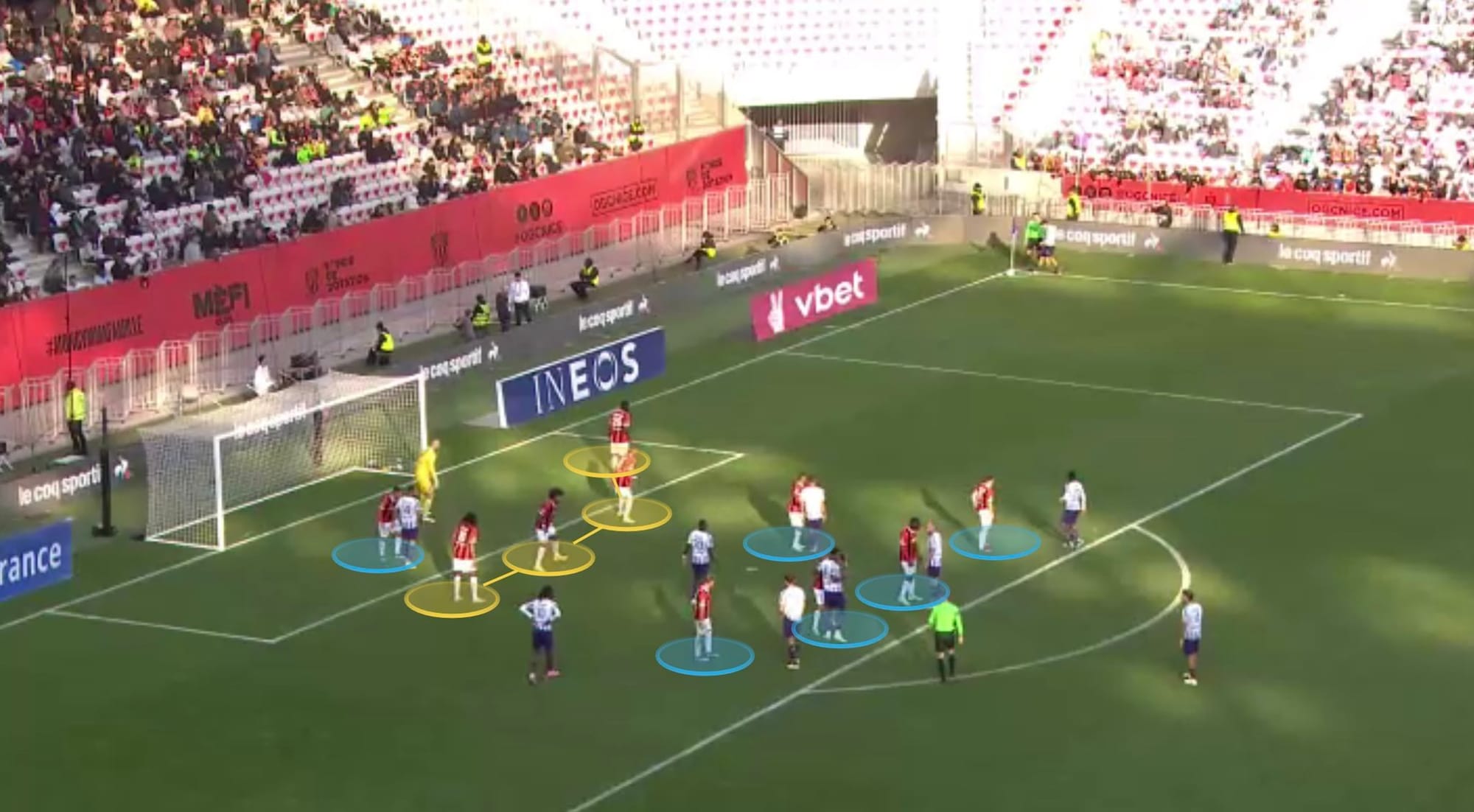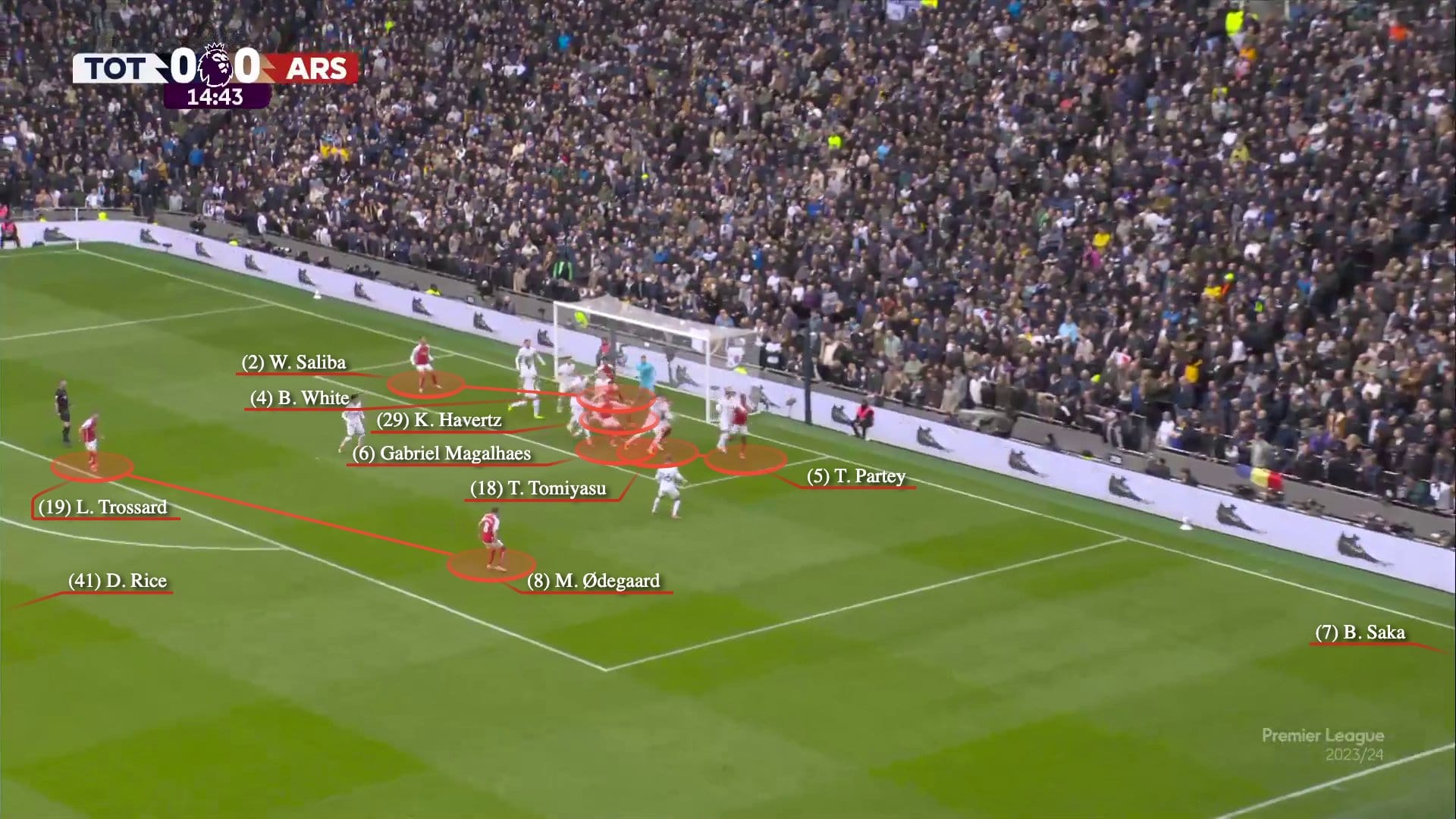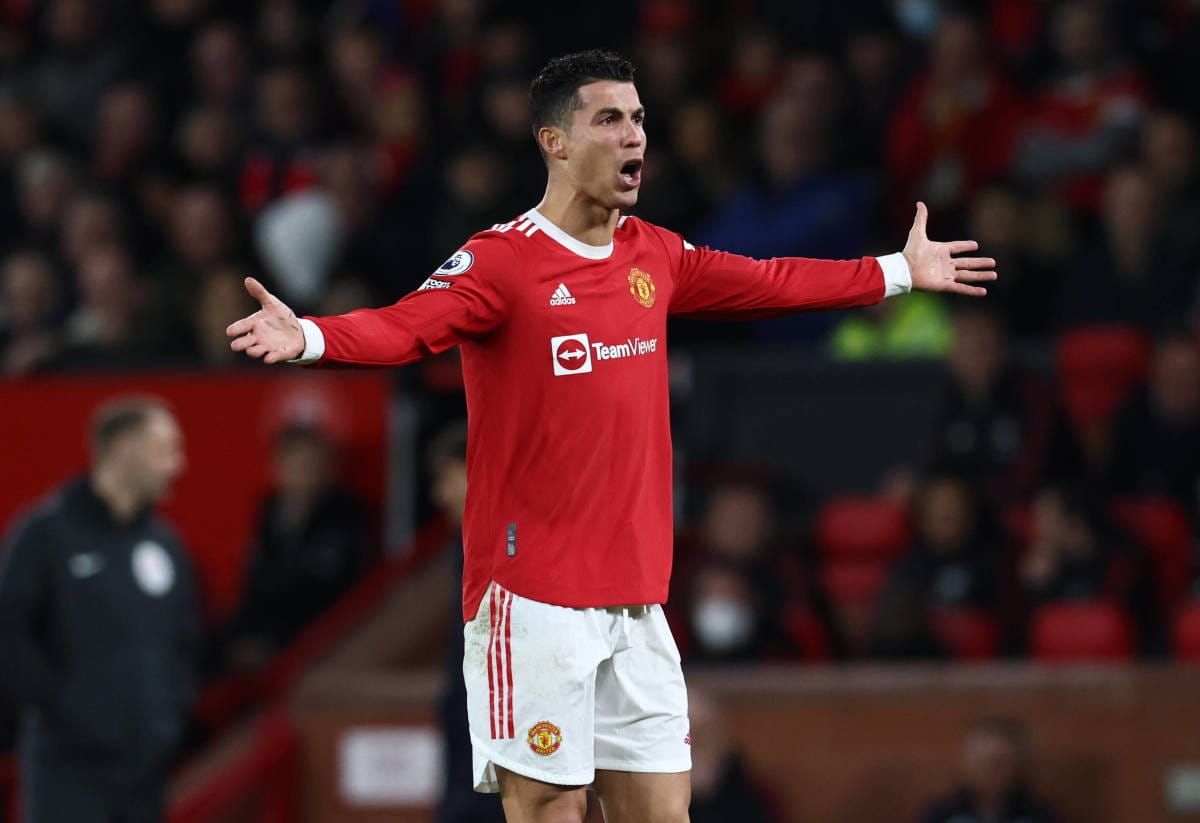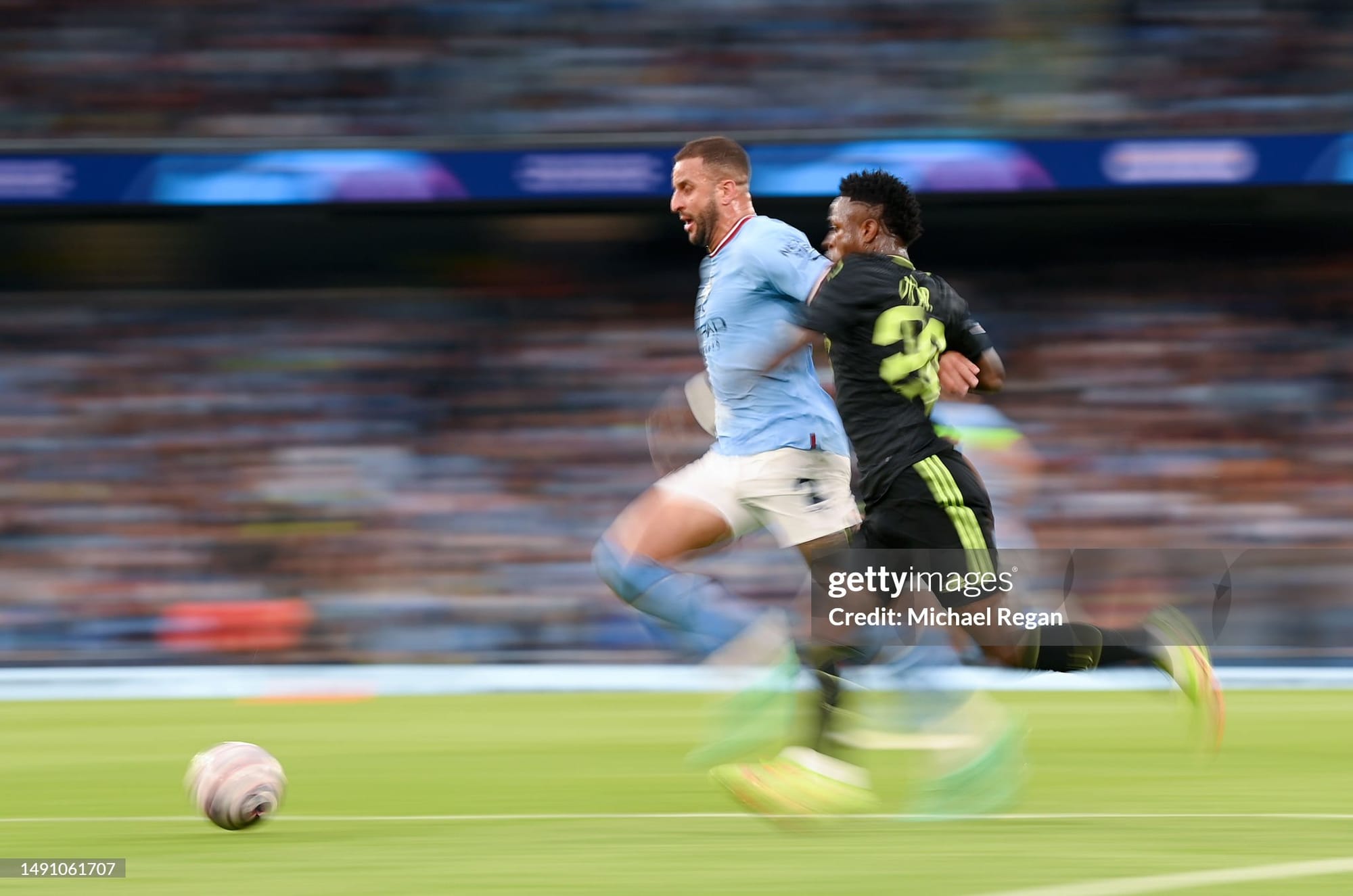More Non-Trivial Scouting Cues
I share more non-trivial scouting cues: on set-pieces, why reputation matters for strikers, and young players who feature in dysfunctional teams.

I am aggregating fundamental team & individual scouting principles I've acquired over the past couple years. This is the second piece of the series.
Why are these non-trivial?
- The pointers aren't unique to specific players, or teams. They are, in my opinion, universal.
- They might be applicable to other domains, like startups, or other stages of the sports process.
- I've tested a few of them, with reasonable success.
- The ones I haven't tested, I've taken notes from trusted folks (coaches, pros., and earnest enthusiasts) who have.
- This blog is an archive.

ICYMI: Version 1 of this series
5.
Set-pieces – especially corners – are magic lenses.
Set-pieces are one of the simplest and most reliable way to palm-read a team and the profiles they possess. One reason is because it is a quantized feature of the game: while open-play is more random, set-pieces manifest within defined constraints.
During corners, almost all the outfielders are in the box, the strongest headers of the ball match up, a player with a good long shot is at the edge of box, and the team's best recoverer is often the last-man.
Scouting Inferences
Hence, we can make reasonable inferences about relative abilities / traits of the profiles in the squad by which roles they are assigned in this moment.
- Players who take the set-pieces are typically the strongest ball-strikers in the side.
- What does that mean? If you're scouting a creative/offensive player from a weaker league or team (than the target club), be wary if they aren't one of the main set-piece takers.
- Players who can read the flight of the ball and attack it well at one club will likely replicate that in another set up.
- Players who hustle well, concentrate, and are trusted to mark threatening opponents in these moments will likely replicate that at yours.
- Players who can string counters and spring 40-50 meter dashes after defending a set-piece can replicate that at yours.
So, when scouting players, especially non-forwards, I always leave a corner for set-piece contribution. While skillsets returns somewhat unpredictably in new or unstable environments, set-pieces have a natural buffer.
Archive from November 7, 2023

Strategy and Team Building Inferences
Given that we can make many set-piece-based inferences about a squad while scouting, it makes sense that there is a co-dependent set-piece paradigm to employ when building a squad. Otherwise, you end up assembling one which opponents can pick apart.
One of these paradigms is that a squad with taller, aerially-competent players affords you more permutations when establishing team strategy:
- Zonal setups typically use up to 3/4 aerially-competitive players to cover the 6 yard line. Man-to-man setups also use up to 3/4 to mark the opponents strongest headers-of-the-ball.

- Therefore, coaches need to have a certain number of players on ground to fill this role – which they consider when selecting lineups and when making subs.
- Teams with a few capable players have fewer feasible line-ups deploy. Coaches will have to spare significant thoughts to set-pieces while weaving up an approach for a game.
- Teams, like Arsenal, with many aerially-dominant players in their XI have more leeway to make in-game and game-to-game tweaks without compromising their robustness in set-pieces. D. Rice, T. Tomiyasu, K. Havertz, G. Magalhaes, W. Saliba, B. White, and T. Partey are all 6'1+. This gives the coach the leeway to make changes and respond to a variety of situations in the game.

Chelsea's Mauricio Pochettino is one coach who has echoed this same case. When asked, before a game against Everton last December, whether size was important when signing players for a squad:
“Yes of course when you create a team and build a team, yes you need to, in the Premier League, pay attention to this [the size of players]. It’s not that we will defend better if we have taller players, but I think the balance is important.”
'The balance is important.'
Pochettino also admitted that, while preparing the match-plan, his Chelsea side would have to consider set-pieces (more than usual) since they were significantly smaller than Everton.
“[The difference in the size of the squads] can be a problem, yes. We need to be more aggressive and try to avoid conceding chances like corners or wide free-kicks. We need to be clever in the way we are going to work and try to stop them.
“In football, it’s the way you approach the game, the attitude and then being clever, trying to avoid giving the possibility to the opponents to use their strengths.”
'Trying to avoid giving possibility to the opponents to use their strengths' = anti-strategy, which I have written about before.
Clearly, and for more reasons than I have mentioned, being intentional about height, aerial ability, and set-piece takers is super important when building a squad.
NB: I don't find 'average_squad_height' to be particularly indicative metric of a team's ability to compete in the air or their alignment with the aforementioned paradigm. 'average_height_of_XI_plus_three_most_common_subs' is a better one.
6.
Players, especially younger ones, who are trusted to come on when their team is losing or drawing are worth a closer look.
Simply, players who are subbed on while their team is chasing a result typically have game-changing or needle-moving qualities that the coach hopes to tap into [1].
A coach will not sub on a player they don't suppose can help them recover or win the game. Similarly, a coach will not sub on a young – possibly academy – player while they are chasing a game, except they are very bullish about their ability to grab something.
Whatever it is that convinces a coach to trust these players, it likely manifested on the training ground. It could be their potent movement in the box, a capacity to attack and stretch the backline, set-piece threat, or superb ball-striking – which can manifest itself as long-range shooting or a penchant for the final ball. What do these traits have in common? Each one, in isolation, can disrupt defenses and directly lead to scoring opportunities.
Oftentimes, the exact winning-trait might not be immediately apparent because the team doesn't make a comeback. This is the case for intention and profiling over performance. In the previous part of the series, I write:
Any struggles or performance dip should not be seen as a reflection of our [subbed-on] athlete's inability. Instead, it should be appreciated as a testament to his broad skill set and the trust the manager has in his overall ability.
How to identify players with(out) needle-moving qualities?
In this section, I will offer two sets of sieves one might use to hone in. The first set are some data-querying opportunities. The second are be some observation guidelines.
From data:
- Which players in a team have the greatest relative share of minutes played in losing or drawing game-states? normalize for starts and we can figure out players who are typically on the pitch when the team needs to score.
- Which players are frequently subbed on when their team needs a goal?
- Which players are frequently subbed off when their team is losing?
From observation:
- Which role is a subbed (on) player assigned to after coming on?
- Is this role different from their typical role?
- If (a), is this role a box-invasive one or a conservative one.
- If it is a box-invasive one, this player likely has some offensive threat, which the coach trusts.
- If it is a conservative one, like a big-money forward coming on to play LB, this player likely has little offensive threat.
- Which players, while on their last legs or exhausted, remain on the pitch while their team needs a goal?
- If you ever notice one, that is an indication that they are a difference maker (or at least the coach thinks so).
- The players that fall in this category are typically the team's strongest outlets, creators, shooters, or runners.
- If you ever notice one, that is an indication that they are a difference maker (or at least the coach thinks so).
- Which players return to the XI or first-rotation almost immediately after recovering from injury?
- If you ever notice one, that is an indication that they are a difference maker (or at least the coach thinks so).
I think the two things worth carrying forward. First, as mentioned in part 1, the stakes at the professional level are high, so coaches pick players they trust. Second, oftentimes the simple and obvious cues are the most powerful ones.
[1] test-case sparked by @SebC__
7.
A young athlete being trusted in a dysfunctional team can be a good sign.
A young athlete being trusted to play significant professional minutes is generally a strong indicator of their potential and current skill level. However, the context in which these minutes are played can and should significantly influence how this trust is interpreted.
Playing Time in Struggling or Dysfunctional Teams
A young athlete playing significant minutes in a struggling or dysfunctional team is often a strong sign of their abilities. In such environments, it would be easy for coaches to shield young players from the chaos to protect their development. Instead, if they are trusted with substantial playing time, it suggests that their skills and maturity are viewed as assets that can help stabilize the team. This can be a stronger indication of their current standing and potential, as they are relied upon to perform under difficult circumstances.
NB: You are about to read two sections where I use and compare the descriptors 'big club' vs 'small club:'
- You'll have to forgive me and replace both with whichever similar qualifiers suit your needs. I've only used these because it's hard to normalize comparisons for my, pretty diverse, audience.
- My descriptions are also idealized. In reality, misalignment, prejudice, and (inadequate) access all factor into why certain players advance and others drop.
Playing Time in Big Clubs
At bigger clubs with more complex and convoluted progression systems, being trusted with significant minutes speaks volumes about a young player's abilities. These clubs often have rigorous benchmarks and internal hurdles that players must clear to earn their place on the field. Therefore, if a young player makes it through these challenges and is given significant playing time, it indicates they have met and surpassed high standards of performance and potential.
In such cases, scouts can take comfort in the club’s internal assessment processes and focus on narrower aspects of the player’s game. The club’s rigorous filtering means that the scout might not need as large a sample size to make informed judgments.
Playing Time in Smaller Clubs
At smaller clubs, where the competitive gap might be wider and the stakes lower, scouts might need to observe a broader range of performance over a longer period. This helps ensure that the player’s skills are competitive and transferable to higher levels. Here, a larger sample size and a broader range of performance metrics provide a more reliable basis for projecting a player's potential.
One common pitfall is making absolute judgments based on a player's performance in an unstable environment. At the moment, I can't express how best to make the distinction, but it's something one has to build an intuition for.
Here's a section from part 1 that talks about this.
This essence here is disentangling performance from ability. Again, a drop in performance in a forced position (or unstable environment) rarely indicates lack of skill. The mere deployment of a player in obscure roles (or an unstable environment) is typically a green flag.
Archive from March 29, 2024
8.
For center-forwards: great movement is not sufficient for chances. Reputation matters too.
Chances are always created. I've found that, besides a center-forward ability to move and their synergy with the team, reputation is a crucial factor determining whether or how frequently they receive chances.
Remember. The ball is a treasure. And players are human too.
This is especially important when scouting or making recommendations about younger strikers or those without established names. Let's dive in!
Consider Cristiano Ronaldo stint at Manchester United – or anywhere really: his reputation alone ensures that teammates are constantly looking to play the ball to him. His skill, presence, and demand for the ball are respected, and he has the leverage to insist on more involvement if needed.

This is a stark contrast to younger, unproven strikers like Rasmus Højlund, who, despite their talent, face growing pains that big clubs are often wary of before fully committing.
Rasmus is doing great & will be fine. These are the growing pains you get with young(er) strikers — and why big clubs dither before committing to them.
— Joel A. A. (@joeladejola) December 7, 2023
Chances are always created. The (2nd) most significant determinant factor about who receives them is reputation. https://t.co/iKXCOv8Mbe
For young strikers or those new to a big club, earning trust takes time. Talent might be immediately noticeable, but converting that talent into trust and consistent opportunities on the pitch is a gradual process. Compare it to a young, gifted lawyer starting at a big firm: no matter how impressive their abilities, they need time to build trust and prove their reliability to their colleagues.
One needs to exercise patience with young strikers who are adjusting to the demands of a bigger team. These players often scale slower because their reputation is still being nurtured. It’s important to factor this into any assessment and projection of their development.
Another position that has a similar high-reputation bar is defensive midfield (6). These positions require a high level of ball involvement or low-level in critical moments, and the team must first believe in the player’s ability to perform under pressure.
I first wrote about this phenomenon after Arsenal released their tape of Rice being onboarded into the squad.
When your country elects a new president, the accompanying ceremonies are elaborate: to boost public & cabinet opinion.
— Joel A. A. (@joeladejola) August 22, 2023
Similarly, a burgeoning midfield conductor needs to be elevated in-house to faciliate their actions on the pitch.
Arsenal with Rice:pic.twitter.com/l3ovHNPnyM
When scouting or making recommendations, be cautious about projecting the performance of strikers without established names. Assess their movement, technical skills, and potential, but also consider their current reputation within the team and in comparison to the target team. Are they getting the ball as often as they should? Are teammates looking for them in key moments?
These cues can provide insight into how quickly a player might adapt and succeed at a higher level.
Archive from December 6, 2023
What Next?
If you enjoyed this, consider subscribing to BallerzBantz, following us on Twitter, and sharing this with someone. By subscribing, you will receive a synopsis of each week's posts.
Join us to stay ahead and contribute to the community.
Who is the writer?
Joel A. Adejola is an undergraduate at the University of Kansas (KU), where he studies Engineering and Philosophy.




